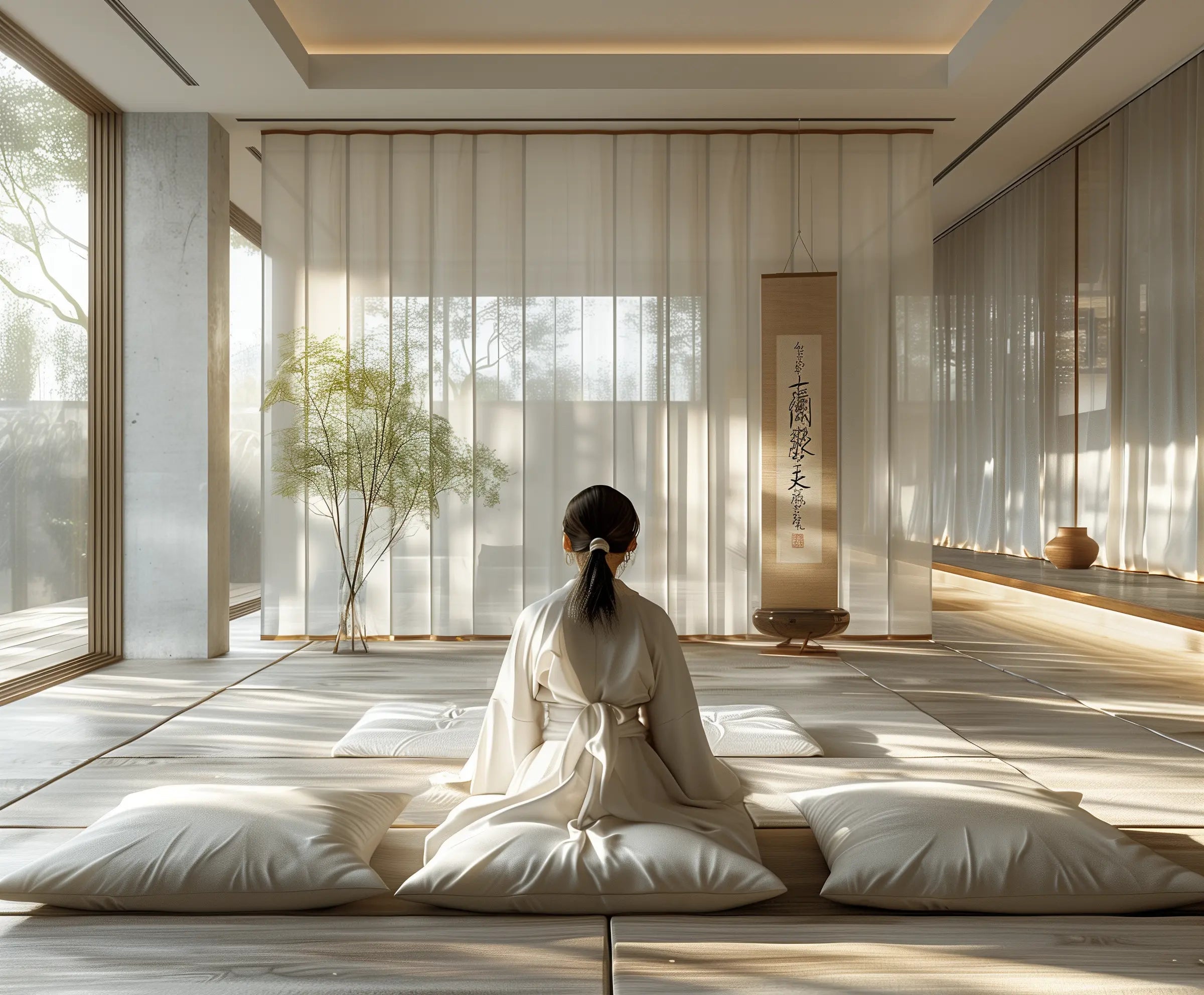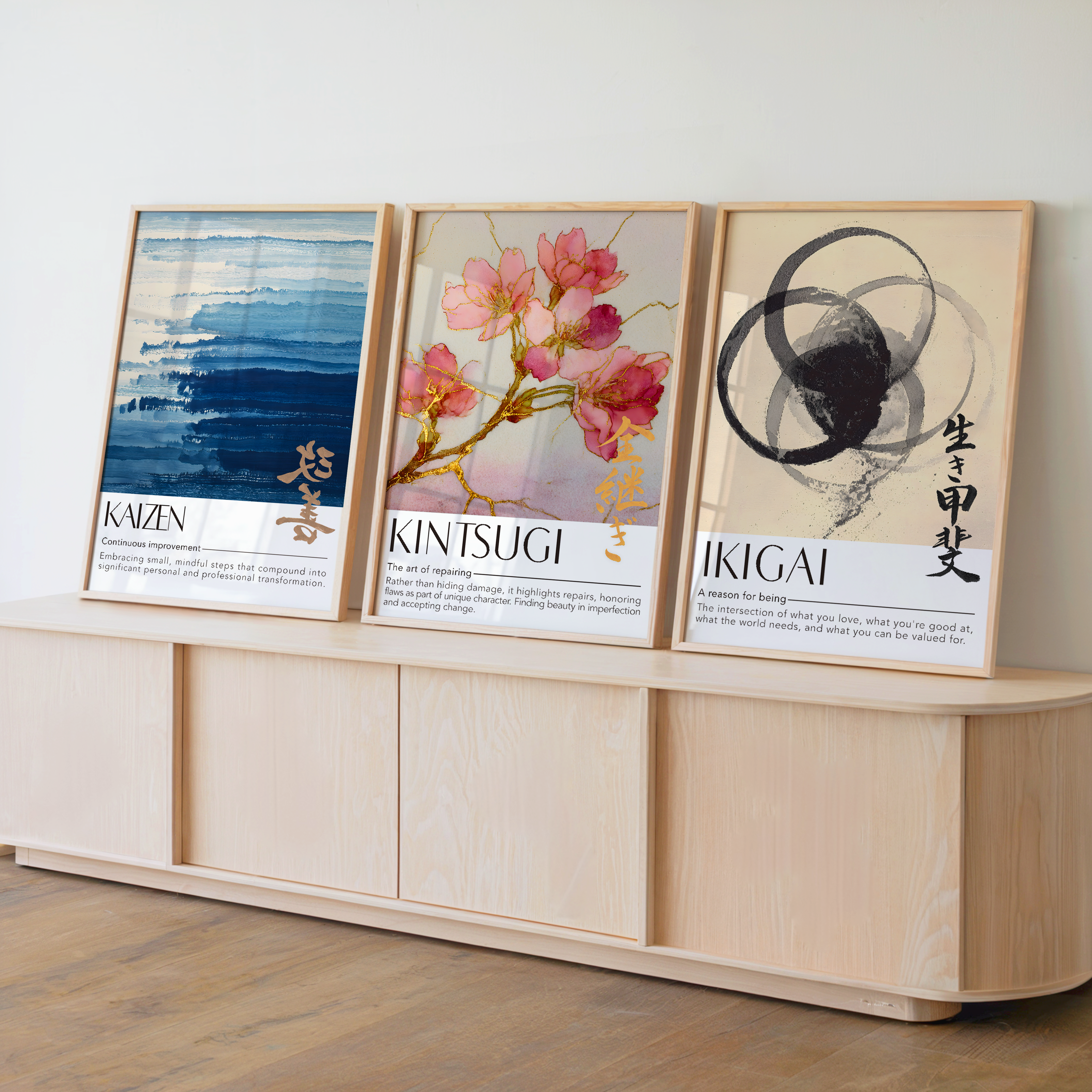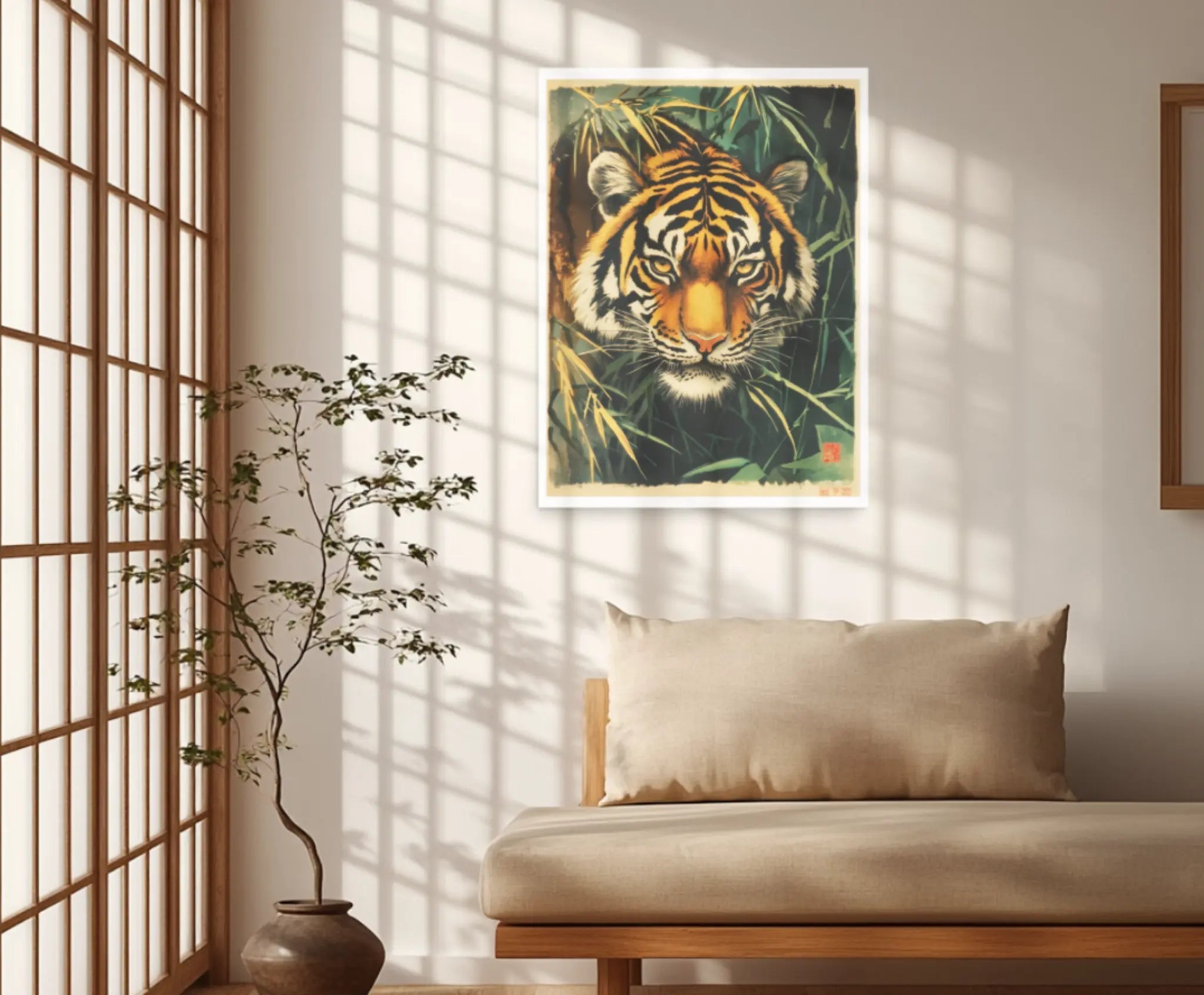
The Art of the Tokonoma: Creating a Sacred Space in Your Home
In traditional Japanese homes, there exists a special alcove called the tokonoma – a space that transcends mere decoration to become a focal point for contemplation and artistic expression. This concept, centuries old, offers valuable lessons for creating meaningful displays in modern homes.
Understanding the Tokonoma
The tokonoma (床の間) originated in Zen Buddhist temples as a space to display sacred objects. Over time, it evolved into an essential feature of traditional Japanese homes, becoming a carefully curated space that changes with the seasons and occasions.
Elements of a Traditional Tokonoma
A classical tokonoma typically features:
-
A hanging scroll (kakemono)
-
A seasonal flower arrangement (ikebana)
-
An art object or sculpture (okimono)
-
An elevated floor, often finished with fine wood
Creating a Modern Tokonoma
While few modern homes have traditional tokonomas, we can apply its principles to create meaningful display spaces:
-
Choose a Dedicated Space Select a quiet area of your home – perhaps an alcove, a corner, or a simple wall space. This area should be visible but slightly removed from daily activities.
-
Keep it Simple The beauty of a tokonoma lies in its restraint. Choose a few meaningful pieces rather than creating a cluttered display. A single striking art print from our collection can create more impact than multiple competing elements.
-
Embrace Seasonality Follow the Japanese tradition of rotating displays with the seasons. This might mean changing your art print to reflect the current season or adding seasonal elements to your display.
The Spirit of Display
Remember that the tokonoma is more than a decorative space – it's an invitation to pause and reflect. When selecting pieces for your modern tokonoma, choose items that bring you peace and inspire contemplation.
At House of Koyomi, we believe in creating spaces that nourish the spirit. Our collection of art prints has been carefully curated to serve as focal points for such mindful spaces, helping you create your own contemporary interpretation of this beautiful Japanese tradition.








